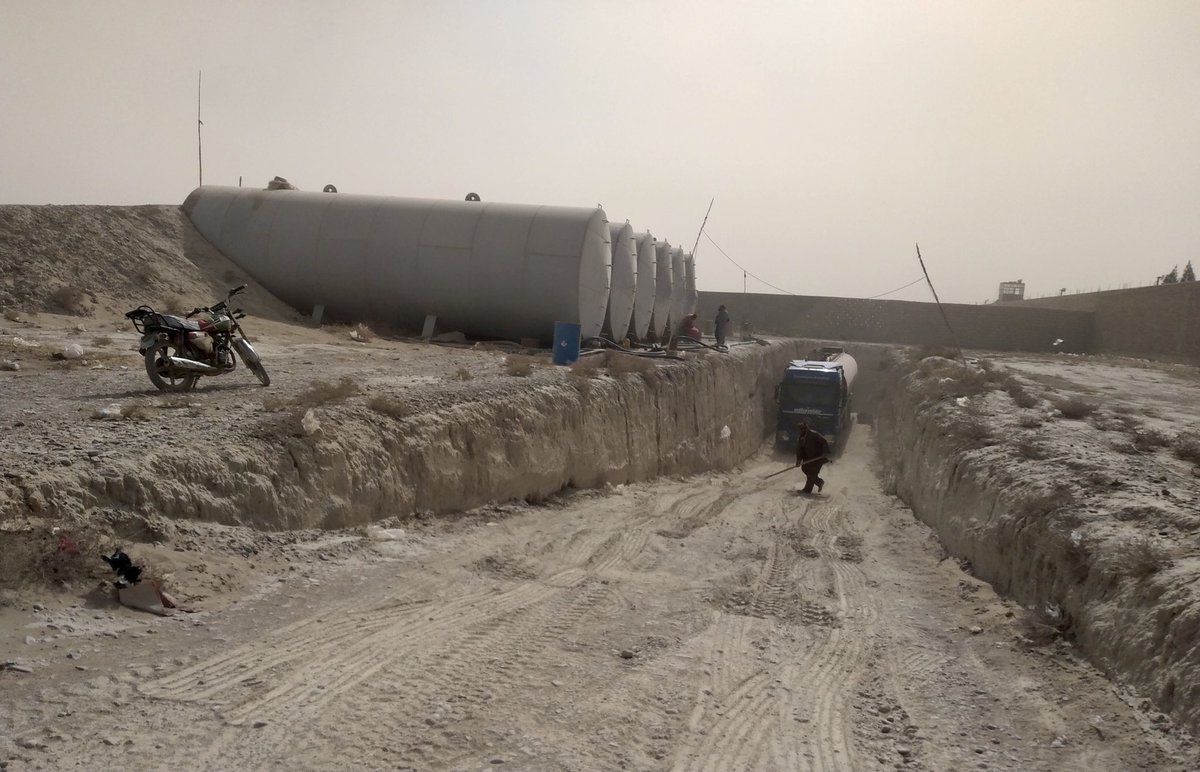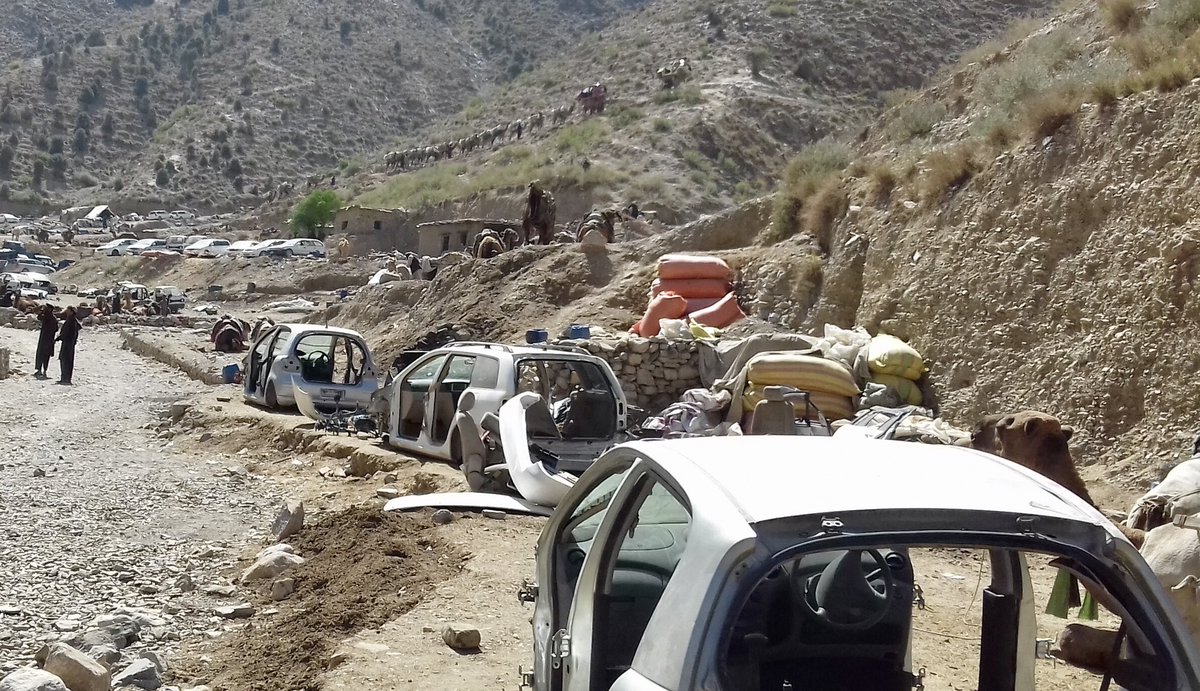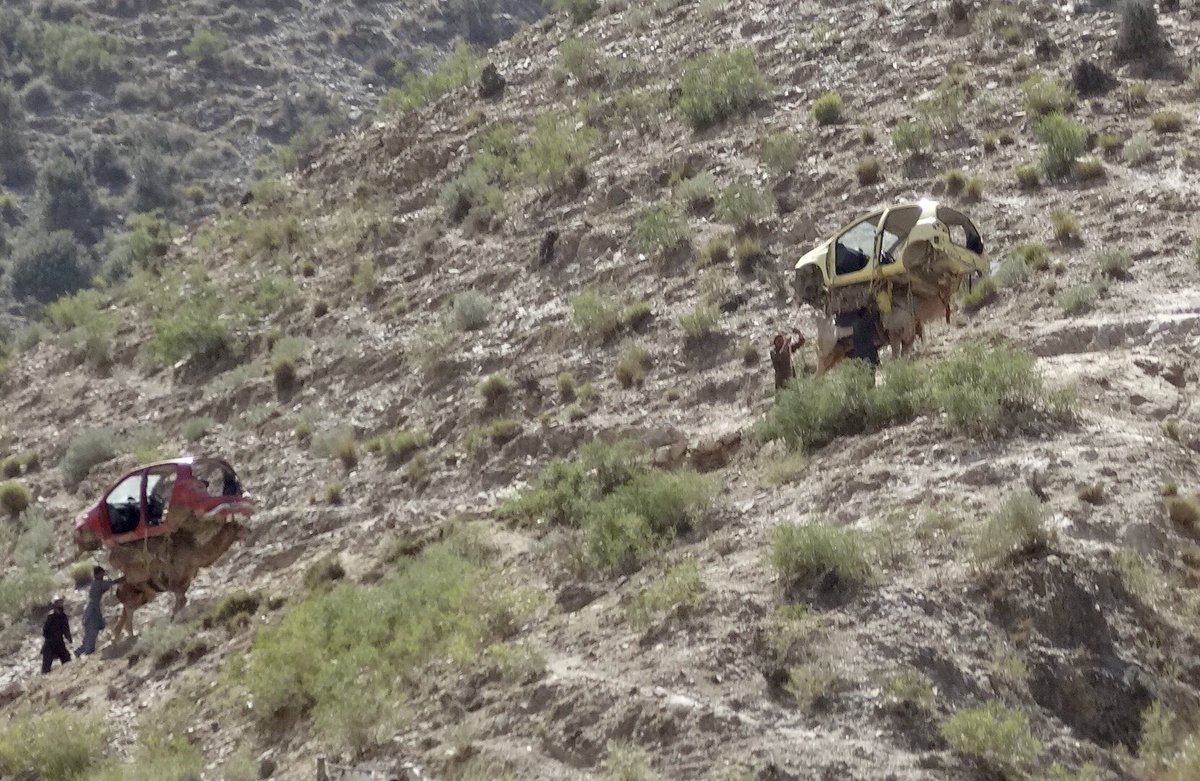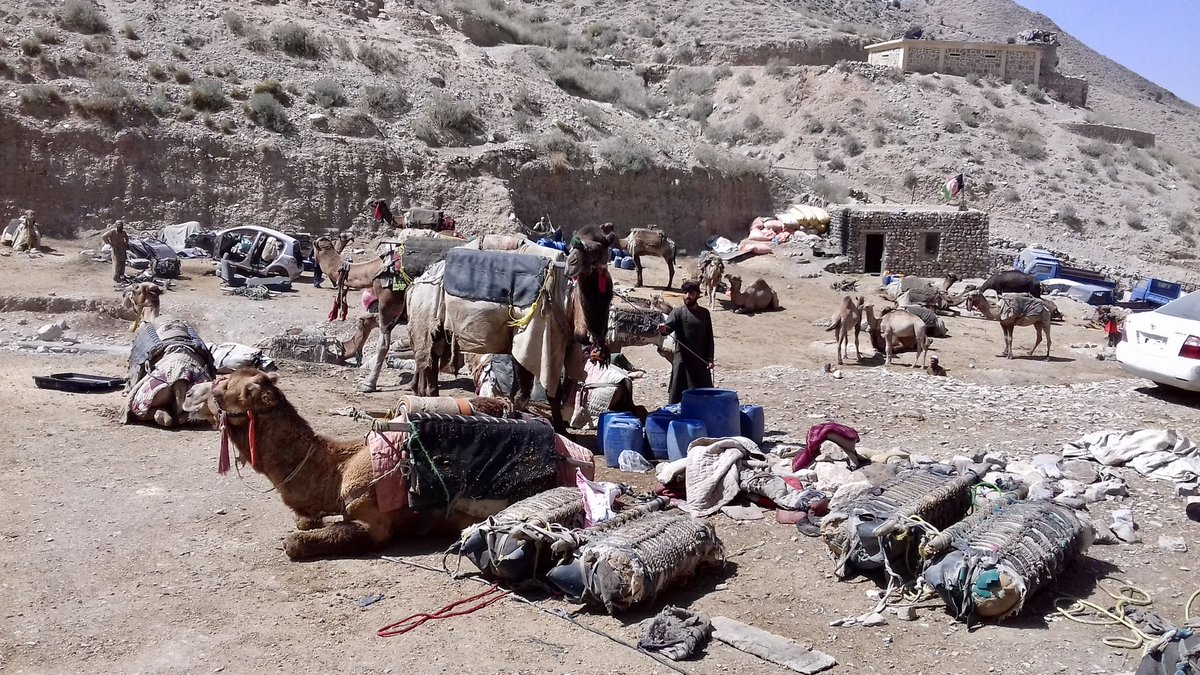
1. I am following up on a thread I posted a few weeks ago about Taliban revenues & the prevalence of bad data based on hearsay & not talking directly to those that pay taxes in the Afghan countryside.
2. I’ve spent the last few months working with long term partners @osdr @alcis looking at the cross border value chains of fuel, transit & minerals. 







3. It’s been a slog involving indepth fieldwork & detailed imagery analysis. It builds on past efforts with the same partners & @areu in Nangarhar and Nimroz, involving hundreds of interviews with traders, truckers & those living in key chokepoints for each value chain. 







4. It also entailed mapping the checkpoints on the main highways & some of the smuggling routes over the mountains in Kandahar & Nangarhar, along with all the payments made. 







5. The work produced a number of major findings:
6. First was the size of the real economy as opposed to what is reported. The real economy is one where fuel imports from Iran are 2.5 times those reported, & minerals exports are nearer 25% of the total value of exports, not the 10% claimed in the trade statistics. 







7. For example, the talc economy at its peak was 5x more valuable than reported in Afghan official trade figures due to the underreporting of both amounts exported & the price received. 







8. We found it much harder to estimate the value of the transit trade. With so many different goods, from so many different countries, taking a multiplicity of routes in (and out of the country), it was-as they say-complicated!
9. However by conducting a truck count using both imagery & fieldwork, along with indepth interviews on the “rules of the game” it was at least possible to examine the net profits on a number of imported goods, including tires, cigarettes, cars & car parts. 







10. Having calculated net profits of $100,000 on a container of Korean cigarettes, imported via Bandar Abbas to Islam Qala, onto Jalalabad, then transported over the mountains by mule to Tirah and into Peshawar, I can’t help but think I am in the wrong business!
11. Margins on other goods were not as attractive but not far off. The detailed math shows the logic of importing cars, driving them to the mountain edge, taking them apart, loading them onto camels to take over the mountains, putting them back together & driving them to Peshawar 







12. Second finding was how recent border closures by the Pakistani authorities in Tirah/Sasobai had a significant impact on these unofficial routes, resulting in massive losses in income, employment & rent on both sides of the border. 





13. Ironically it also increased the financial benefits to the Taliban by furthering the redirection of trade through Iran. 

14. Third finding, we calculated the losses of the undeclared economy to the Afghan government. Our estimate was $100 million in lost duties on 1.5 million MT of undeclared fuel from Iran alone; a further $5 million p.a on the talc industry when it was at its peak
15. (and before the governments new contract arrangements closed the business down resulting in a significant loss in income to the population in the upper parts of sherzard and along the trade route to Pakistan 







16. Fourth finding, where the government loses, others gain. The taliban and corrupt officials have a deep knowledge of the amount of goods that enter & exit Afghanistan due to their presence on the ground. What Kabul doesn't see, Kabul doesn't receive.
17. Calculations of the amounts earned by the Taliban on fuel & transit goods on the major highways is estimated at $110 million pa, along with comparable illegal monies collected at government checkpoints. Some strategic government checkpoints collect around $10 million pa! 



18. Fifth finding conflict & violence track closely with these points of revenue extraction. As such, the concentration of violence on the Highway & these checkpoints should not just be seen as a traditional battle over the control of territory & the presence of opposing forces, 





19. but as a battle over revenues: the attempt to derive monies, or deprive the other side of a revenue stream, & even, in the case of some examples pursued by the Taliban in Farah, to strive to be seen as champions of anti-corruption.
20. Finally, there are the interests of Afghanistan's neighbours, Pakistan & Iran. This research shows that trade through Iran has favoured the Taliban financially, illustrated in detail by the case studies on fuel and transit goods.
21. Each case study also shows how the walls, fences & other border infrastructure built by Iran and Pakistan have not eliminated cross-border smuggling but instead channeled it to particular locations, benefitting some groups while denying others employment, income and rent.
22. The financial & political interests that these cross-border economies serve should not be underestimated & will undoubtedly inform the positions adopted by Iran and Pakistan in discussions over a political settlement in Afghanistan.
• • •
Missing some Tweet in this thread? You can try to
force a refresh











